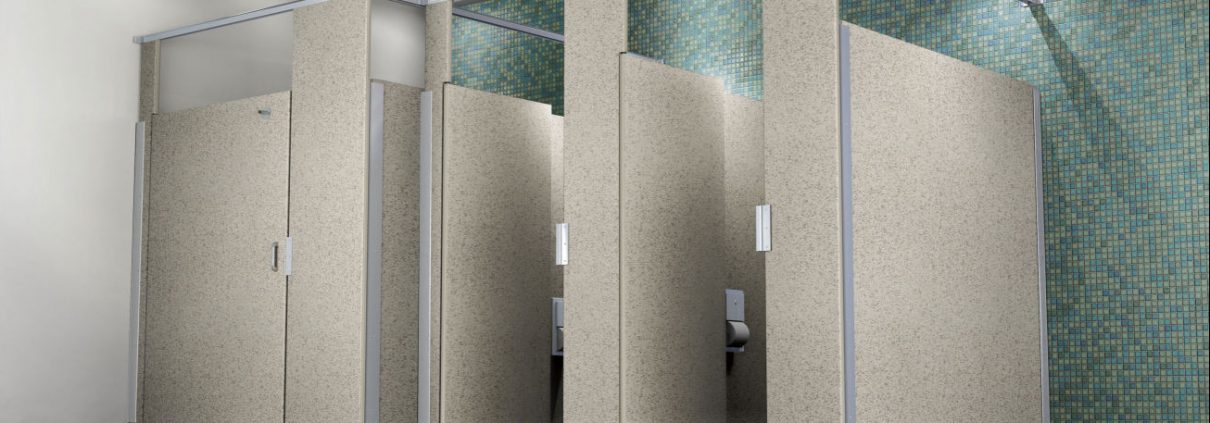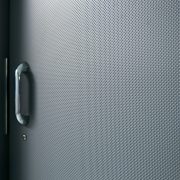HDPE Toilet Partitions: Everything You Need to Know When Choosing Plastic Partitions
If you’re going through a much-needed renovation of your facility’s restroom, or if you’re planning out a new facility, it’s crucial to choose the right materials to ensure safety and security for the occupants. When it comes to replacing toilet partitions, there are numerous types of material that can be suitable for the job. However, depending on the material you choose, you may have to replace them sooner than later.
What Is HDPE?
HDPE (high-density polyethylene) is a solid plastic material that can be used for a variety of uses. Due to its solid construction, it proves to be highly durable and even resistant to scratches, dents, and impacts. Its homogenous color makes it resistant to graffiti, which is a common scourge with bathroom stalls. HDPE actually has several advantages over other materials that are commonly used with toilet partitions in commercial bathrooms.
Other Toilet Partition Materials
As you’ve probably noticed, not all restrooms are the same, especially when it comes to their partitions and stalls. Most toilet stalls are made from phenolic and plastic laminate, which on the surface can appear to be suitable materials. However, there are a few drawbacks.
Plastic laminate and phenolic aren’t resistant to scratches, dents, and graffiti. But, one of their weakest attributes is the interior core. Due to restroom location, these toilet partitions are subjected to constant exposure to humidity and moisture. Over a brief period of time, their core interior can actually begin to sprout mold. Once mold has taken over the interior, they need to be replaced immediately, because the mold not only reduces air quality, but it can also lead to respiratory issues with your occupants.
Why HDPE Is a Better Pick
One of the major advantages that HDPE has over traditional plastics and laminates is that it has a solid body construction, allowing it to bask in the humidity and moisture without the threat of mold growth. Because it stands up to the elements and mold, it helps keep the air quality in the restroom safe and clean. Other materials would need a costly replacement if the presence of mold is detected.
HDPE is also stronger than the other toilet partition materials. It can take a few hits and still retain its overall aesthetic. During the presence of graffiti, other materials need to be repainted, which results in VOC (volatile organic compounds) emissions, reducing the air quality. Graffiti on HDPE materials can simply be wiped away.
Lower Maintenance Costs
Another major benefit to choosing HDPE over other plastics is that it’s relatively low maintenance. It doesn’t require a fresh coat of paint or any replacement parts. Other plastics go through plenty of wear and tear; not only do they need a lot of upkeep, but sometimes, they need to be replaced entirely. HDPE just needs to be cleaned every once in a while. HDPE toilet partitions are generally low maintenance and worry free.
Are you looking to make the jump to HDPE? Check out The Professional’s Guide to Commercial Bathroom Renovations and Remodels or Choosing Bathroom Materials eBooks, courtesy of Scranton Products.







